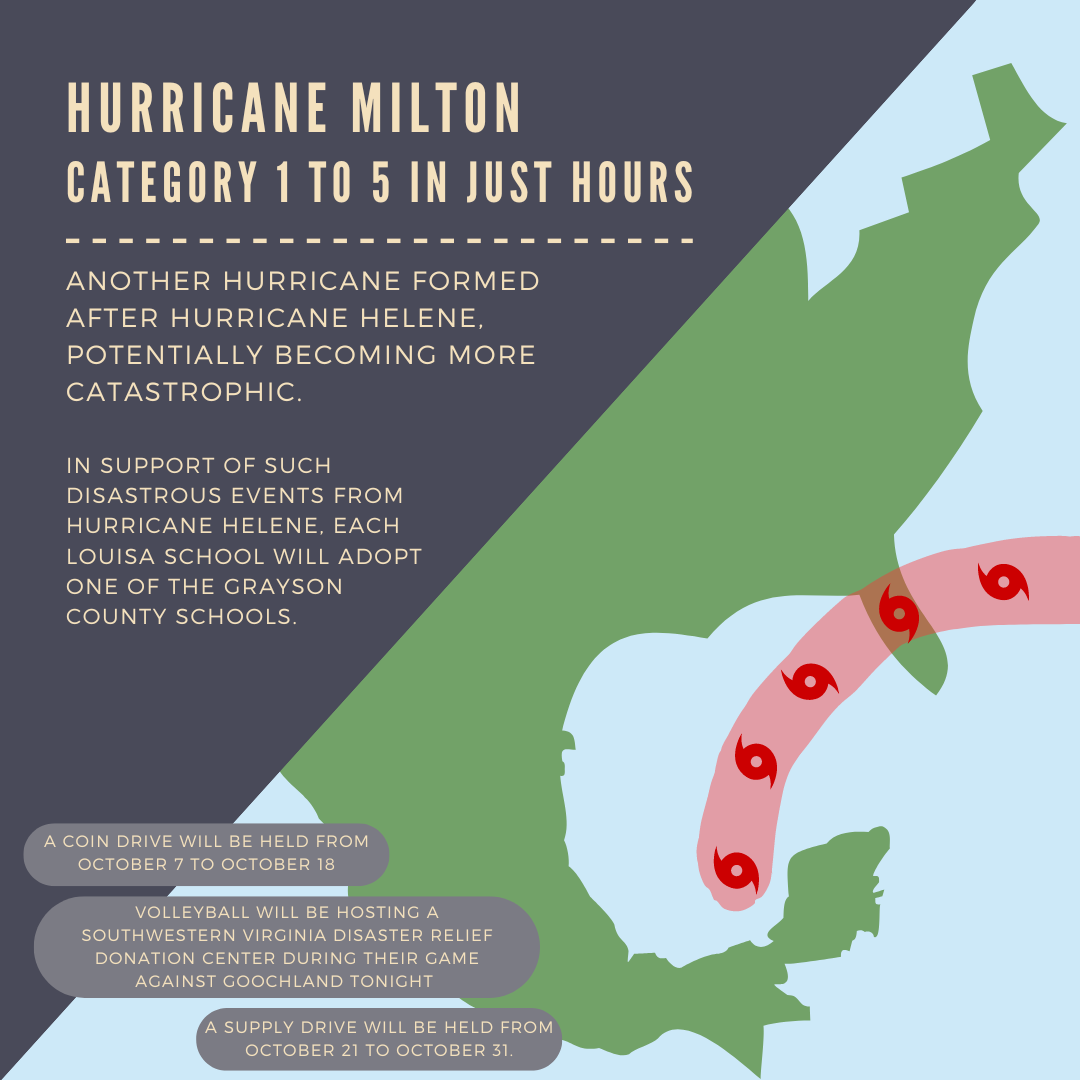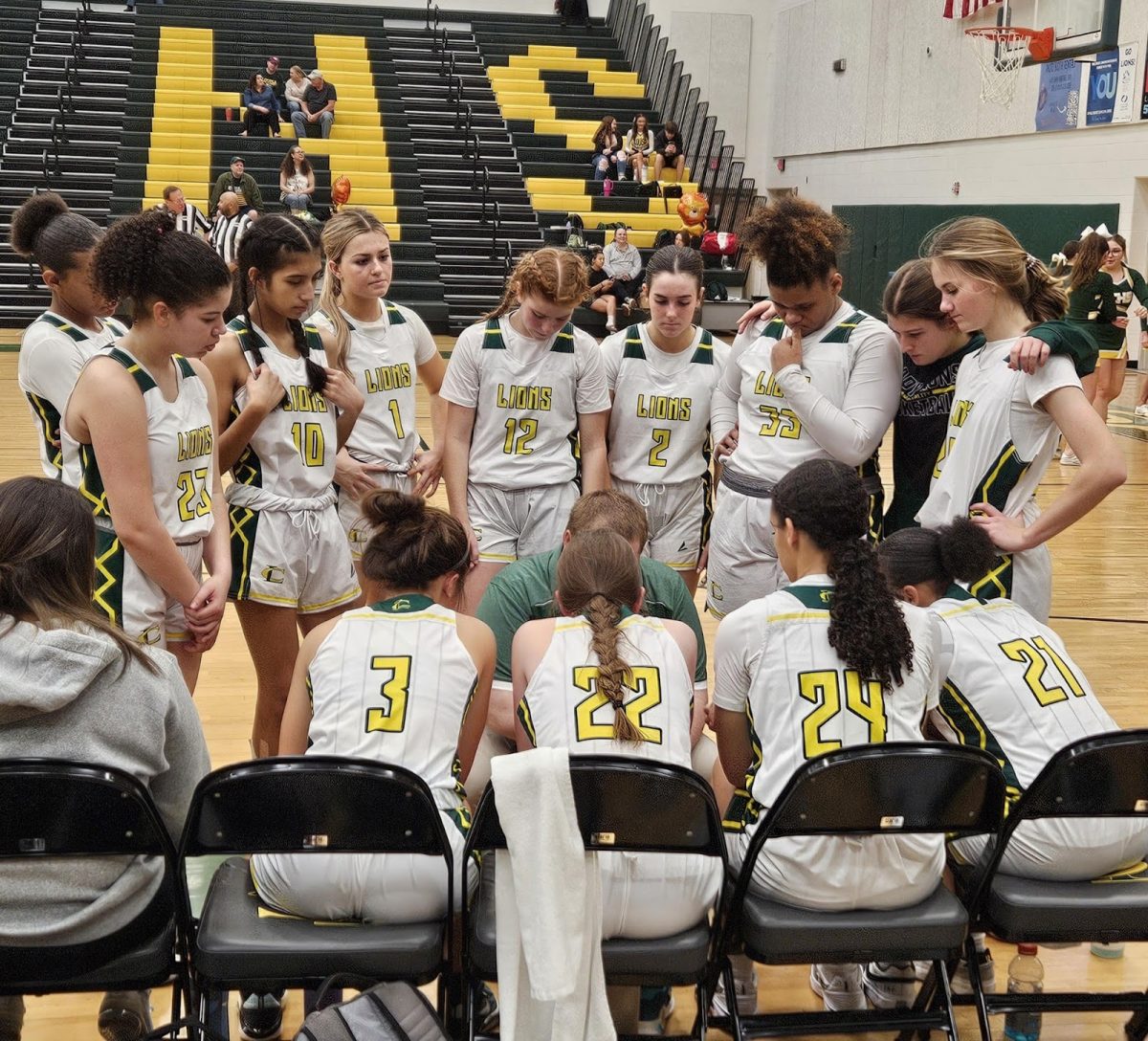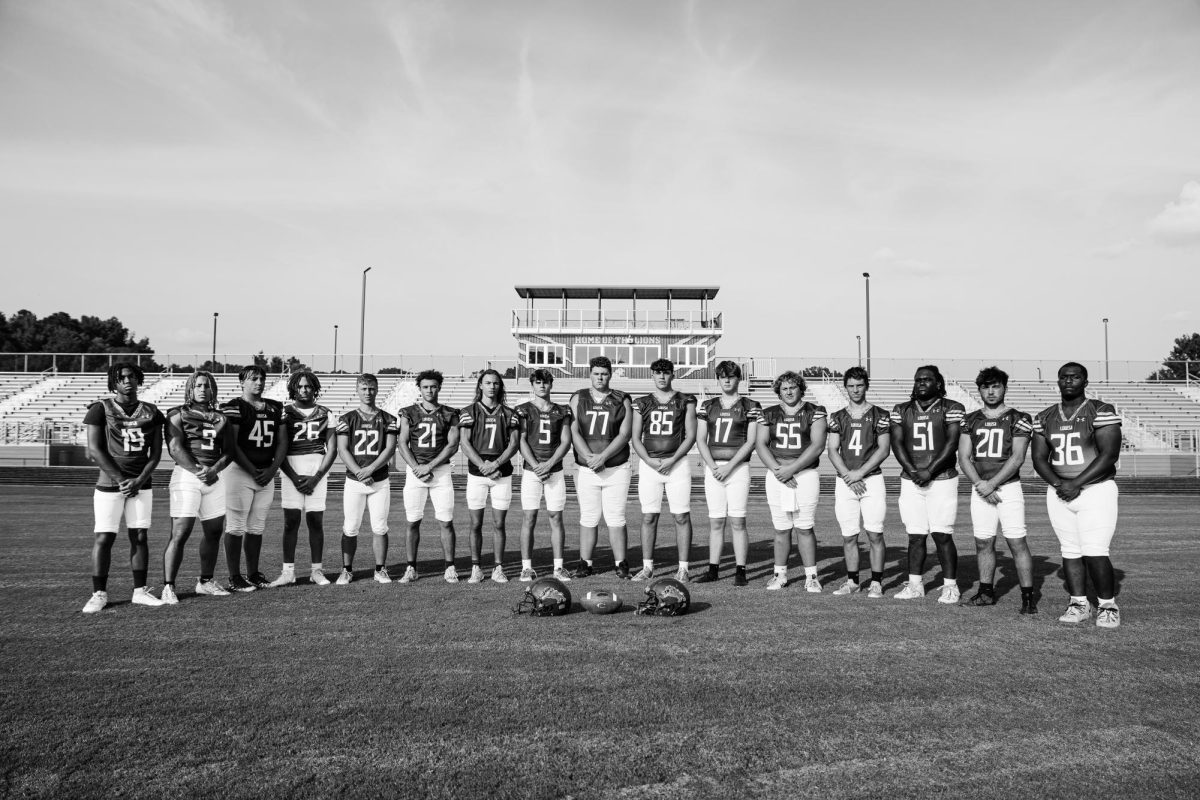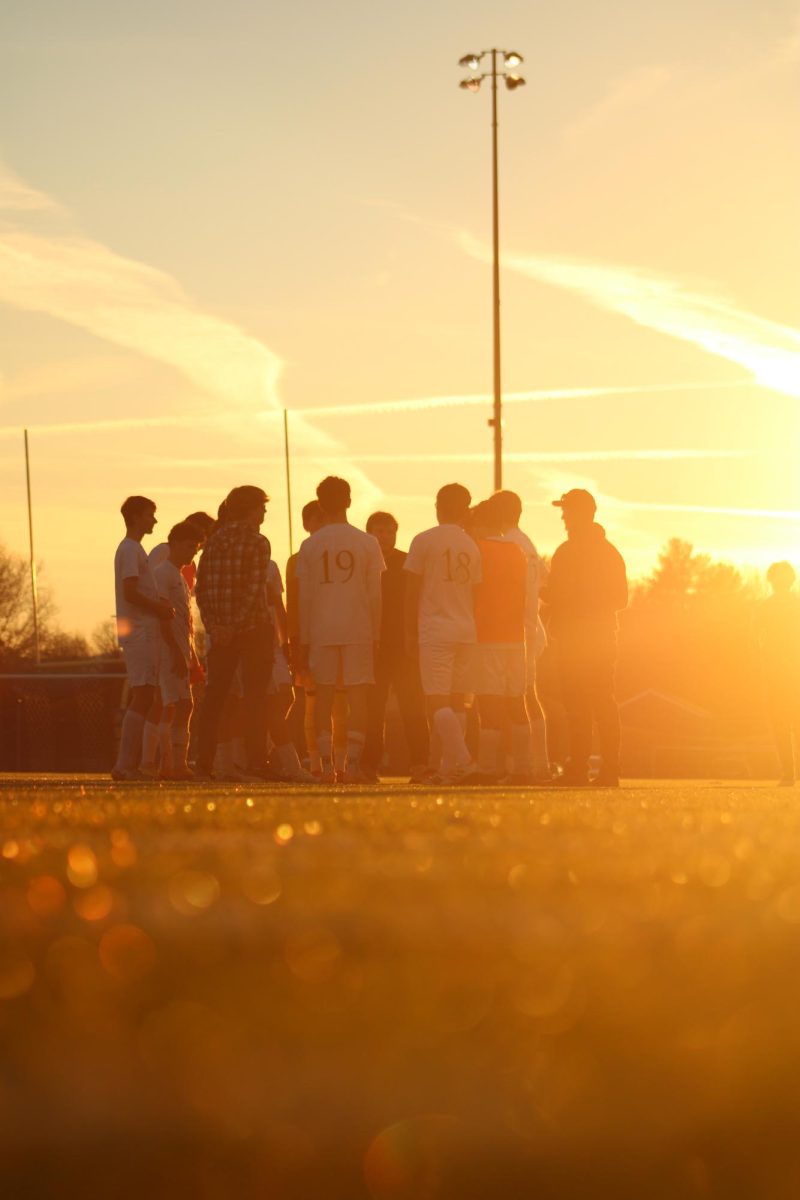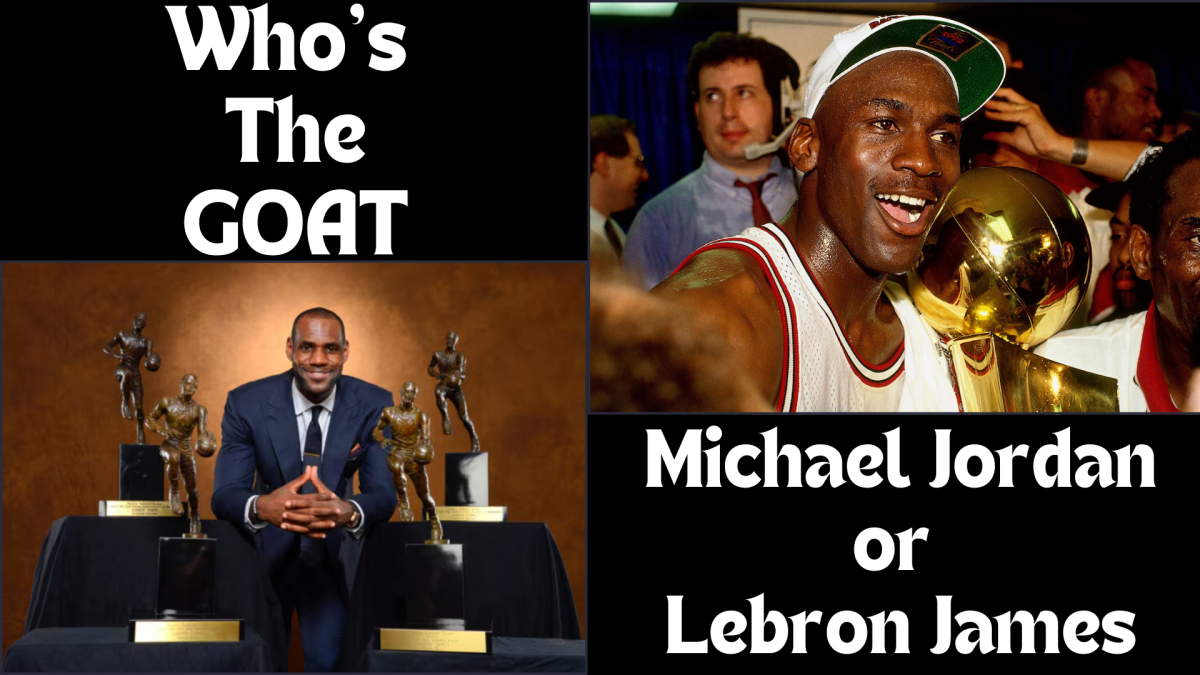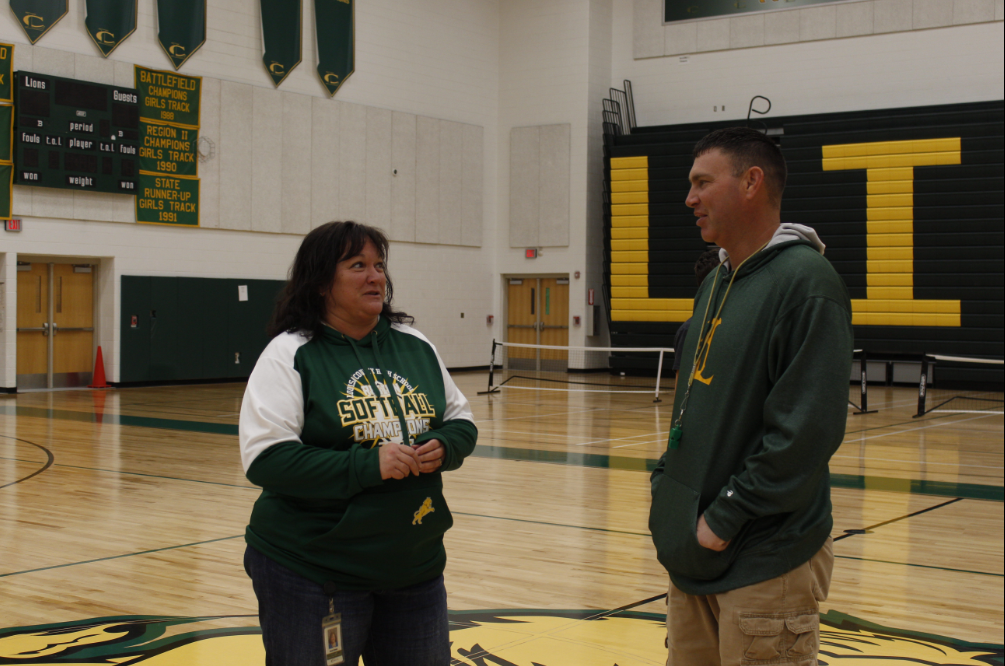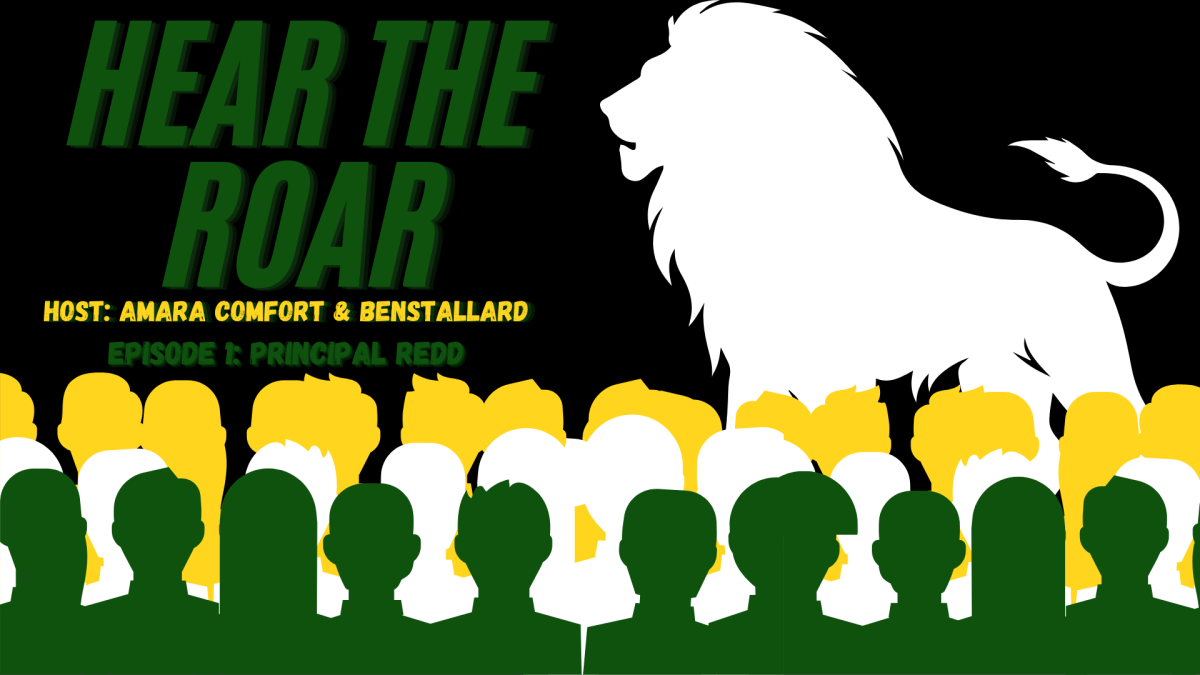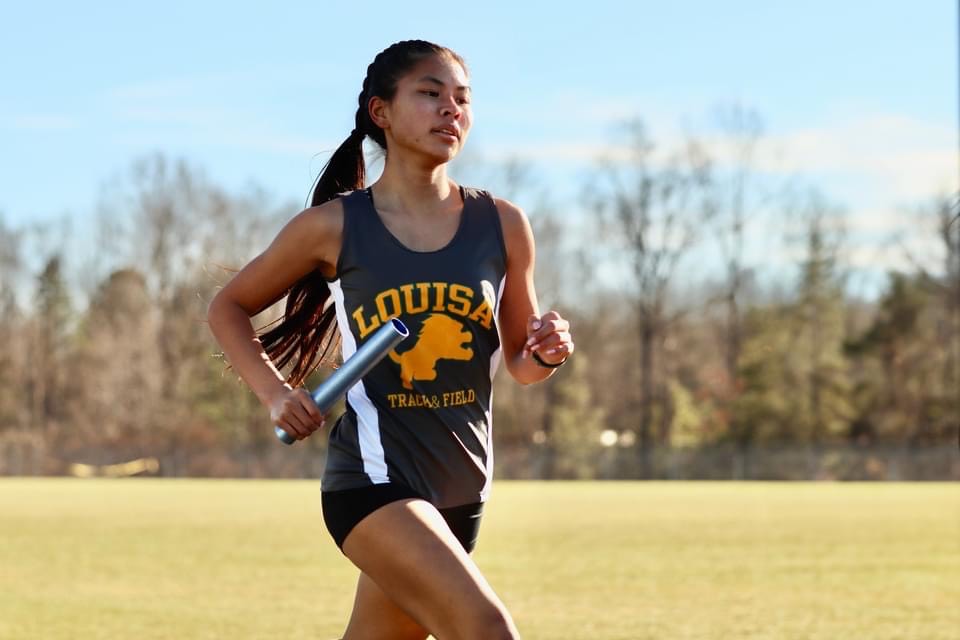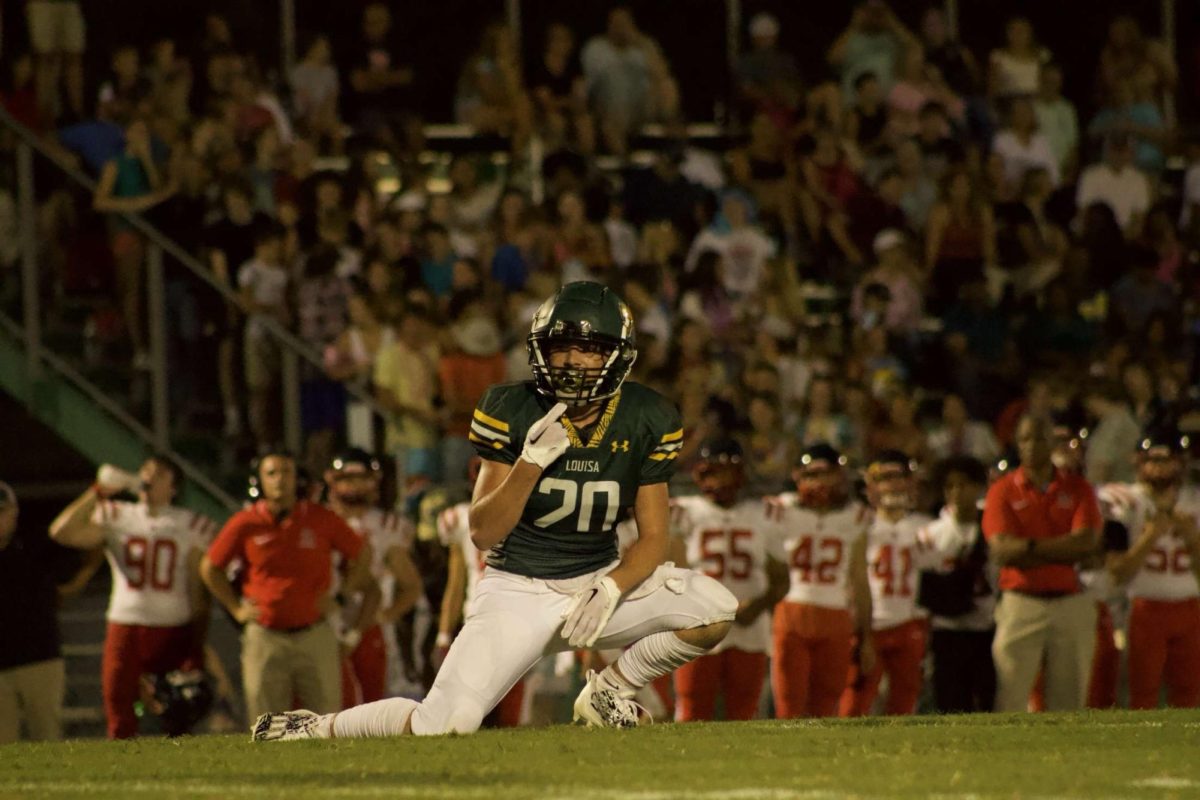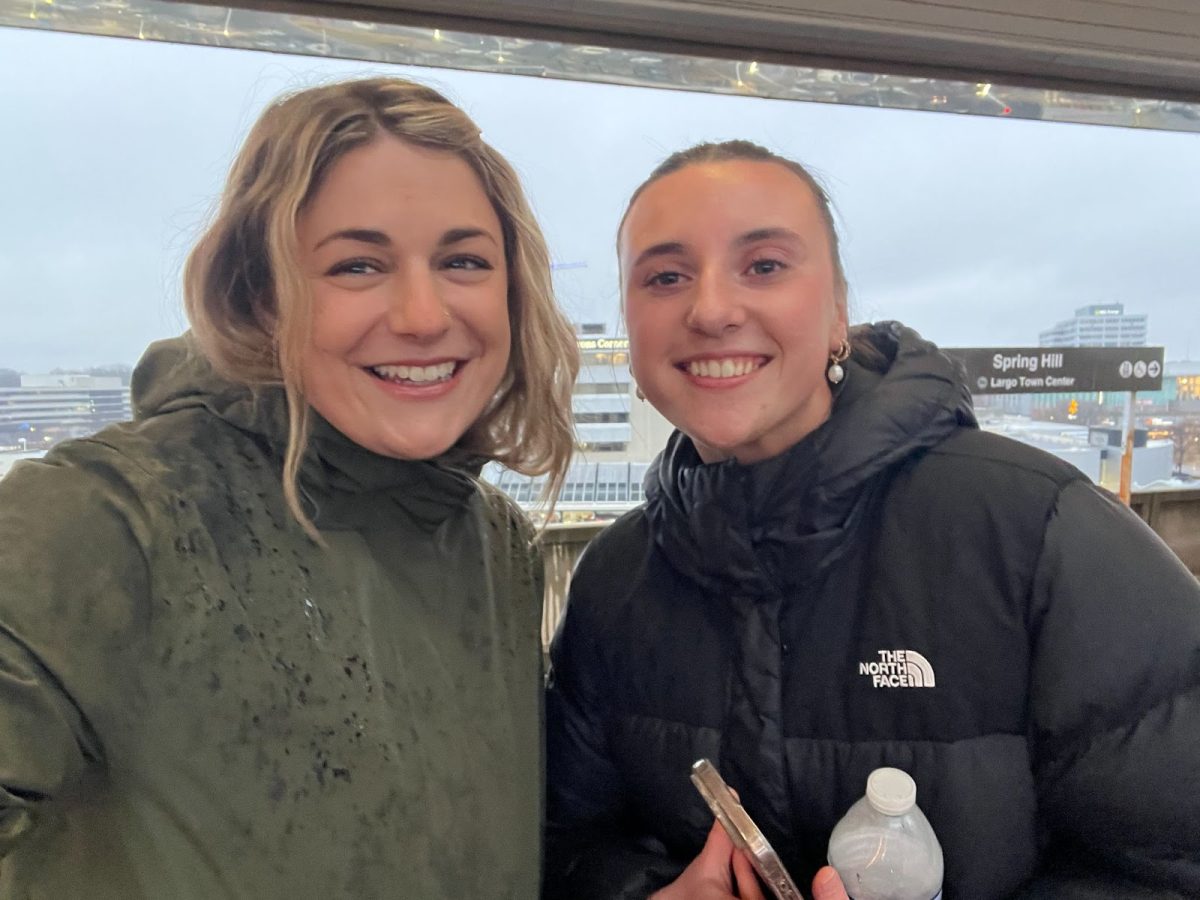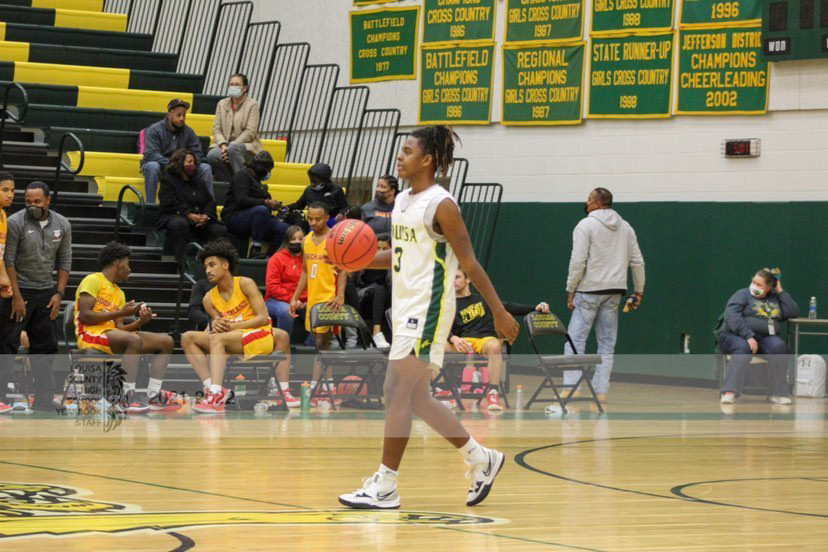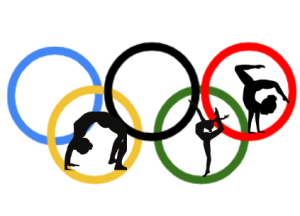Terminology: Basketball
Photo by LCHS Reflector Yearbook
Takai Comfort dribbles the ball down the court.
January 24, 2022
Basketball games are separated into four quarters with a half time. The quarters lasts for eight minutes with a ten-minute break during halftime. Three referees are on the court at a time. Both teams have five players on the court at one time. Each player on the court plays both offense and defense due to the fast-paced nature of basketball.
Key terms to know:
Dribble- A dribble is when a player bounces the ball off of the ground with one hand, without picking the ball up.
And One- An And One occurs when a player is fouled while making a shot so they are given one free throw to earn one extra point.
Technical foul or “tech”- A tech occurs for unsportsmanlike conduct or violations of members on either team. Two technicals per player result in ejection from the game.
Rebound- A rebound occurs when the defense takes possession of the ball after the offense misses a shot.
Bringing the ball up the court- Bringing the ball up the court occurs when the opposing team loses possession of the ball, and now the team with possession is advancing towards their team’s goal.
Steal- A steal is when the defense takes the ball away from the offense. Steals occur when a defender knocks the ball away from a dribbler or intercepts a pass.
Paint- The paint is the rectangular area closest to the basket. This is one of the busiest place due to the volume of shots being taken and rebounds.
Offense:
When players are on offense, they are trying to score. While the offense moves around the court, they must dribble. If a player takes two steps without dribbling, it is considered a “travel”. This results in a turnover. Most of the terms in basketball correlate with the type of shots the offense takes. These include field goals, three-point shots, mid-range shots, and layups. Field goals occur when the ball makes it inside of the basket, a made shot. Three-point shots occur when the offensive player shoots the ball from outside of the three-point line, an arc that is 20 feet away from the basket. A mid-range shot is between the paint and the three-point line. This earns two points. A layup is when a player drives to the basket and lofts the ball up and into the basket, usually using the backboard. This earns the offense two points. The paint is the rectangular area closest to the basket. Any shot inside of the three-point line is worth two points, and any shot beyond the line is worth three. When an offensive player is fouled while shooting, they are awarded free throws. If the player gets fouled while shooting a three-point shot and misses it, the player lines up at the free-throw line and gets to shoot three times. If a player is fouled and misses a shot worth two points, they get two attempts to make a free throw. If the player makes the shot and is fouled, they are awarded the point value of their shot, as well as one additional free throw.
Defense:
The defense’s job is to prevent the opposing team from scoring. Depending on the play, each member of the defense can follow one member of the offense to prevent them from scoring. This is called man-to-man defense. The defense can also run zone coverage; this means the defense protects a designated area, or “zone”, of the court. The defense attempts to get rebounds when the offense misses, and tries to steal, or takeaway, the ball from the offense.
Positions:
Point Guard- The point guard, or “1”, is in charge of the offense, bringing the ball up the court and setting up offensive plays.
Shooting guard- The shooting guard is a perimeter scorer and their primary job is to get open for shots.
Small forward- The small forward guards both small and large players, roams all over the court, and is able to score from far and short distances.
Power forward- The power forward is a blend of a small forward and center. They are smaller than a center but also shoot mid-range, like the small forward.
Center- The center makes close shots and gets rebounds. On defense, this player tries to block the opponent’s shot. This is usually the tallest player on the team.







